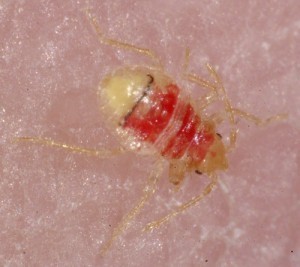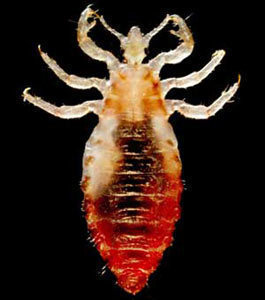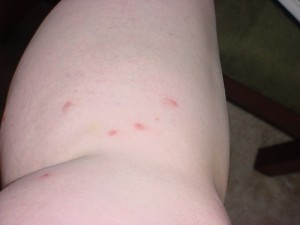Bed Bug Size Nymphs
Bed bugs are quite worrisome. They may not appear as such at first since they are barely visible to the naked eye. But once you start experiencing being their host nightly, you will realize that they may create huge problems although they are not even bigger than the seed of jalapeno peppers.
Bed Bug Basics
Bed bugs are small, crawling, wingless insects. They are flat and could measure up about 3/8 to 1/4 inch in length. Once they are fed by sucking blood from warm blooded animals such as humans and cats and dogs, they can double or even triple in size. After feeding, their color may also change from burnt orange or brown to deep red.
Bed bugs are quite difficult to determine. They almost look the same as any other insect. When fed, they also look a different insect altogether. They also produce bites that are similar to mosquito bites. The only way to establish their presence is by asking for professional help of a pest control team.
Bed bug bites may be just like an ordinary mosquito bite only, it can be very itchy and can cause serious skin problems if not resolved immediately. To ensure that your bites will not cause further worries, you should wash the infected area thoroughly with soap and water. You may also apply anesthetic cream to control the itchiness. You may also apply cold compress to avoid swelling and welting.
Bed Bug Life Stages
Bed bugs go through different stages – from being eggs to becoming larvae, nymphs, and finally adults. Bed bug eggs are no more than the size of a poppy seed; bed bug larvae are about the size of a grain of rice.
In the nymphal stage, bed bugs grow in a different size as each day comes. At the first nymphal stage, bed bugs are about 1.5mm in length. On the second stage, it progresses to 2mm after its first feeding. On the third stage, bed bugs grow to about 2.5mm long. At the fourth nymphal stage, it molts and grows rapidly at 3mm long. At the fifth and final nymphal stage, bed bugs would be about 4.5mm long. It is readyfor its next molt, which will cement its entry to adulthood.
Adult bed bugs, with its size, would require at least 5 minutes to 10 minutes of feeding from unknowing host. At that point on, it is ready to multiply. Female bed bugs can lay 5 eggs a day and 200-500 eggs in its lifetime. The eggs may hatch in a couple of weeks. It will again take come more weeks from the hatchling to pass through the different nymphal stages before it becomes ready again to multiply.





